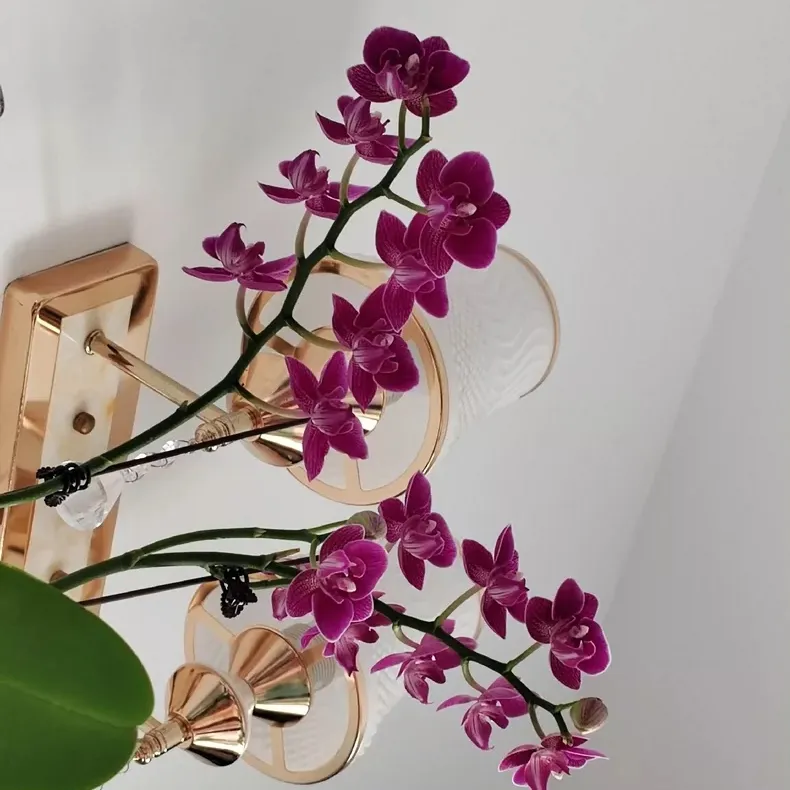When planting plants, every detail is related to the healthy growth and beautiful blooming of plants. When many flower lovers communicate, the term "topping" may not be unfamiliar. So, what exactly is topping? And why is this operation performed when growing flowers?
What is topping?
Topping, also known as pinching or nipping off the tip, is a commonly used pruning technique in gardening management. Specifically, topping refers to the process of removing the growing point at the top of a plant (that is, the terminal bud of the main stem or main branch) and several nearby young leaves manually during the plant's growth period to control the plant's height and promote the growth of lateral branches. This operation can be completed by pinching with hands, cutting with scissors or gardening shears, depending on the plant species and growth situation.
Why top when growing flowers?
For many ornamental plants, overly tall plants not only affect beauty but also may cause the plant's center of gravity to be unstable and prone to lodging. By topping, the growth advantage point of the plant can be removed, slowing down the growth rate of the main stem or main branch, so that the plant can be maintained at a relatively ideal viewing height. In addition, topping can also promote nutrients to be distributed more evenly to the lateral branches, helping to form a compact and full plant shape.
After topping, the plant will feel that the apical dominance is broken. In order to continue growing, it will prompt the lateral buds to germinate and quickly grow into lateral branches. In this way, not only the number of branches of the plant is increased, but also the plant shape is fuller and the branches and leaves are lush. For flowering plants, more lateral branches mean more flowering opportunities, thereby increasing the ornamental value.
For some plants mainly for viewing flowers, topping can also play a role in promoting flowering and improving flowering quality. Because topping can prompt the plant to change from vegetative growth to reproductive growth, making the plant invest more energy into flower bud differentiation and flower development. In addition, by reasonably controlling the time and frequency of topping, the flowering period can also be adjusted to make the plant bloom the most beautiful flowers at a specific time.
Dense branches and leaves will block sunlight and air circulation, affecting the healthy growth of plants. By removing some branches and leaves through topping, the ventilation and light transmission conditions inside the plant can be effectively improved, reducing the occurrence of pests and diseases. At the same time, good ventilation and light transmission conditions also help the plant carry out photosynthesis and respiration and improve growth efficiency.
In the process of seedling cultivation, topping is also an important technical measure. By topping at the right time, seedlings with good trunk and branching structures can be cultivated. Such seedlings not only have high ornamental value but also have high transplanting survival rates and strong adaptability.
Topping is an indispensable technical means in gardening management. Through topping, plant height can be controlled, lateral branch growth can be promoted, flowering quality can be improved, ventilation and light transmission conditions can be improved, and high-quality seedlings can be cultivated. However, it should be noted that not all plants need topping treatment. The time, method and frequency of topping should also be comprehensively considered according to factors such as plant species, growth stage and cultivation purpose. Therefore, in actual operation, this technique should be flexibly mastered and reasonably applied to achieve the best gardening effect.
What is topping when planting plants?

Share with
Tagged in :




Leave a Reply